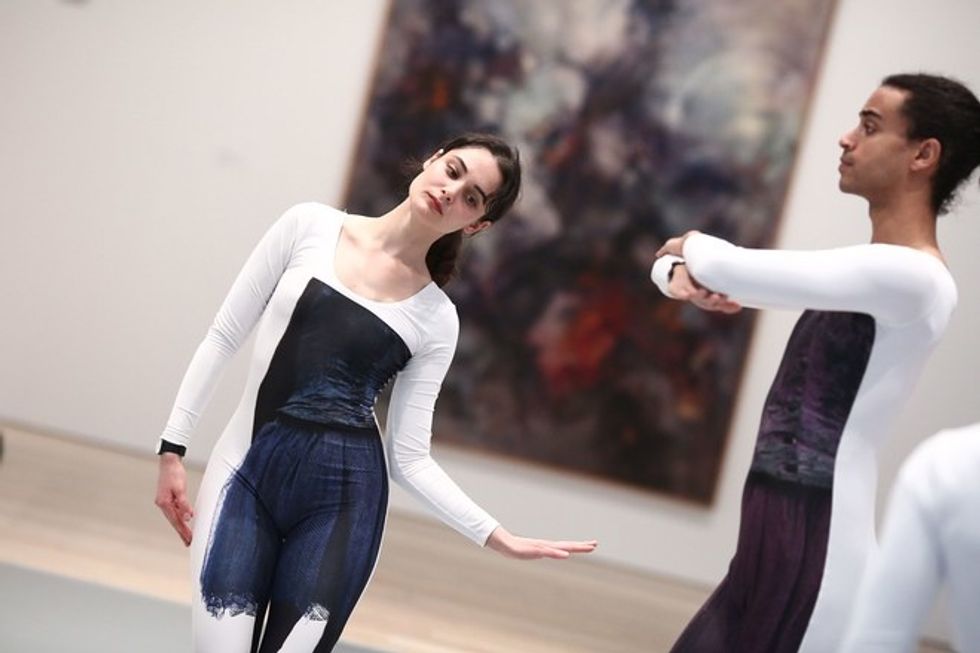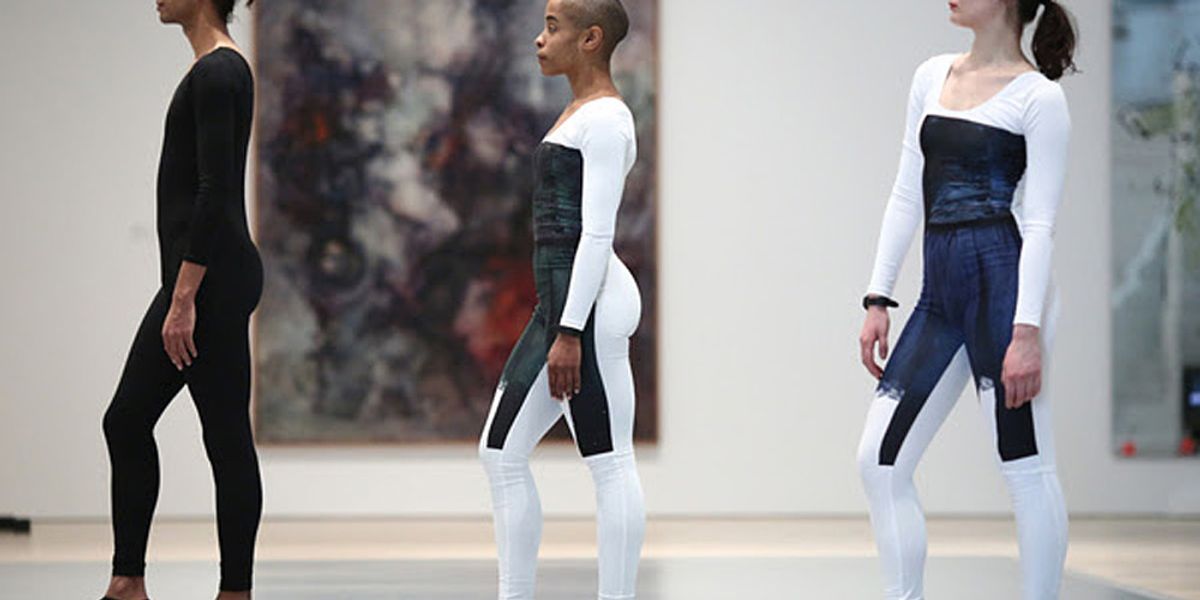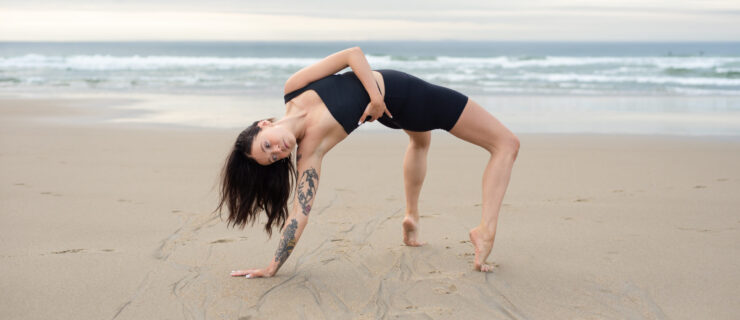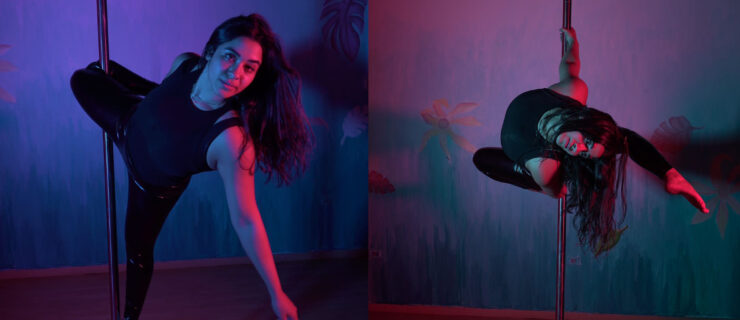Dancers Are Choreographers, Too. It's Time for Dance Criticism to Reflect That.
Dancers are more than just vessels performing set material. We make contributions to creative processes all the time. Some of these are obvious: We often improvise material or generate entire phrases to be incorporated into a work. Others are more innocuous: Dancers are sometimes asked to give feedback that ends up shaping the composition of a work.
This is choreography.
As working relationships between dancers and choreographers evolve, the dialogue on crediting authorship needs to reflect the collaboration at the heart of so many works. I’m currently performing in Nick Mauss’ exhibition “Transmissions” at the Whitney Museum of American Art. From Mauss’ prompts, 16 dancers created movement phrases to generate, with Mauss’ direction, the choreographed material that appears in the show. During the creative process, the curatorial team and Mauss facilitated the kind of dialogue that should always happen with collaboratively created works: We discussed and workshopped language to accurately credit how the work was made.
Sadly, this doesn’t feel like the norm. In other projects I’ve contributed to or heard about, these conversations never happened. As a result, the creative labor of dancers was erased. Even when the contributions of dancers are outlined in a program, critics sometimes distort the reality of the creative process in their writing. In Alastair Macaulay’s review of “Transmissions” in the New York Times he wrote: “Mauss proves, with the cooperation of his dancers, something of a choreographer.”
The language created by us
and sent by the Whitney’s press department read: “The choreography performed in this exhibition has been collectively generated by the following 16 dancers in collaboration with Nick Mauss.” The distinction between “collaboration” and”cooperation” might seem nit-picky, but the syntax of Macaulay’s sentence gives the insidious impression that dancers were just along for the ride of Mauss’ creative vehicle.
It also speaks to the distance from which critics often write about a work. While objectivity is often cited as a goal of critics, nuance too easily gets lost with this remove. But all interpretations are inherently subjective, and filtered through a viewer’s history, preferences and biases. Instead of pretending like dance writing can be objective, what if critics embraced subjectivity and used it as an opportunity to delve deeper into the work they’re seeing?

Anna Witenberg and Ahmaud Culver in “Transmissions,” Photo by Paula Court
Typical dance criticism rarely goes beyond a description and an assessment of what happened on stage. What might dance writing communicate about a work if a writer had more insight into a process? By attending a rehearsal or conversing with the collaborators, for example, dance writers could go further in their reviews. They could shed light on dynamics an average audience member may never discover. Perhaps most importantly, they could accurately acknowledge and credit the creative labor that dancers bring to making a work.
In a world where dancers are already underpaid and at times mistreated, it’s essential to recognize the creative contributions we make to a work in addition to our performances. Dancers have been choreographing for a long time. Writers, let’s make sure our words capture this.




